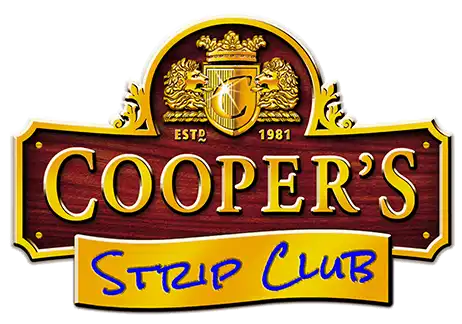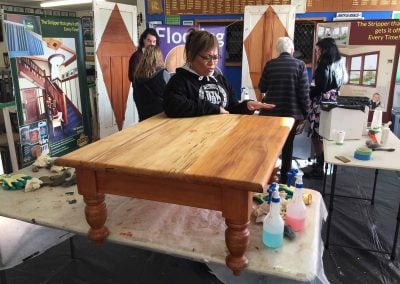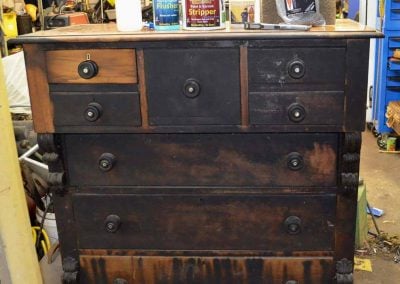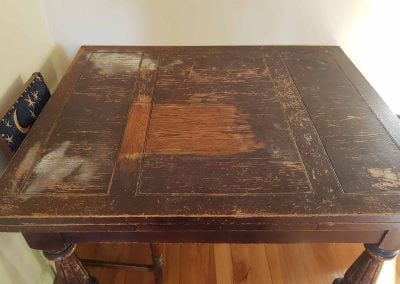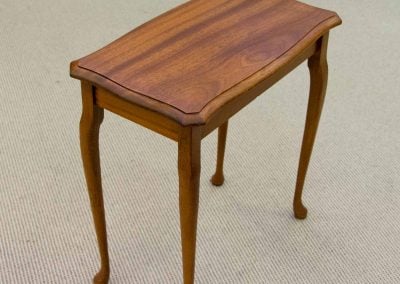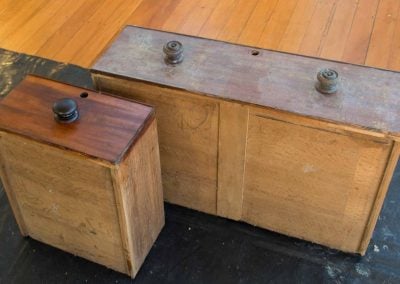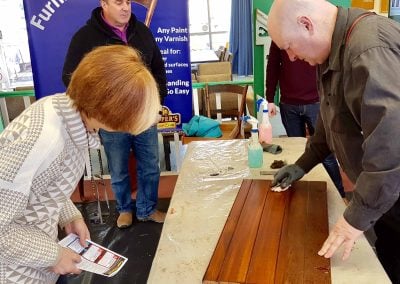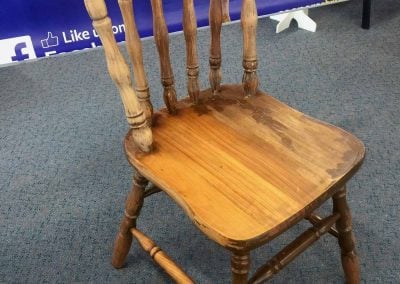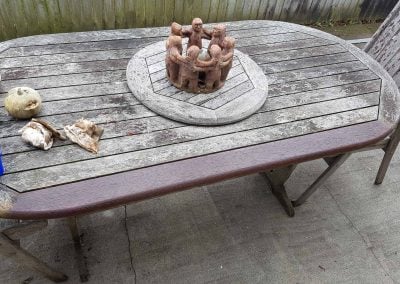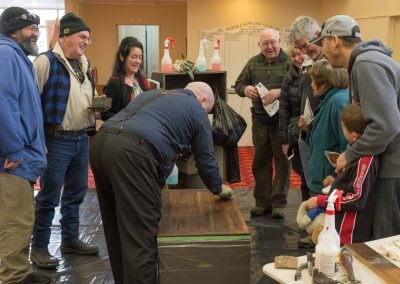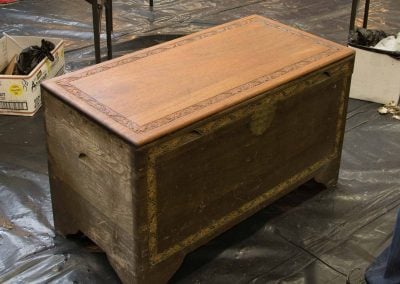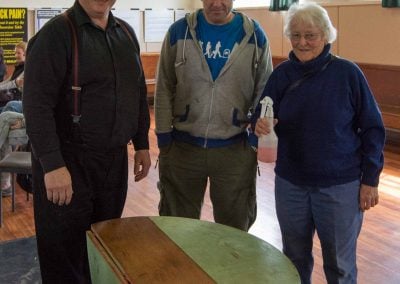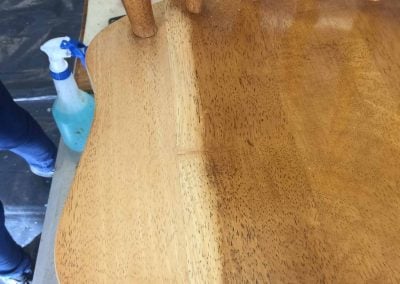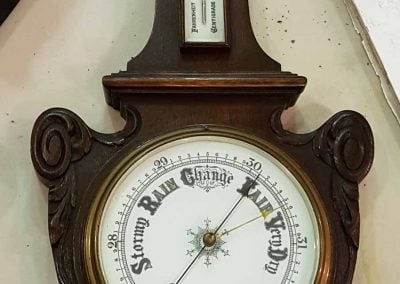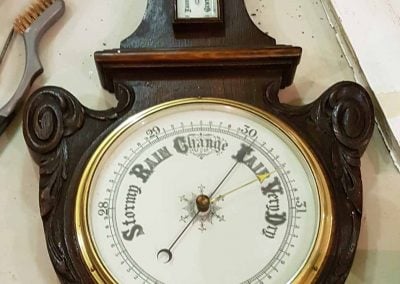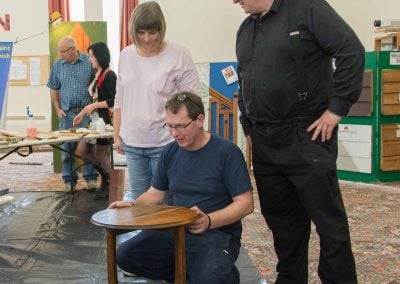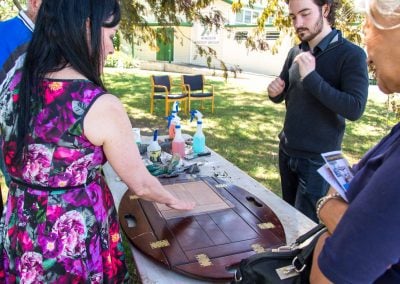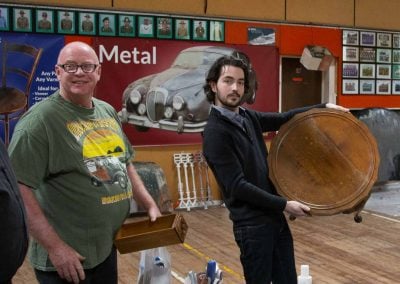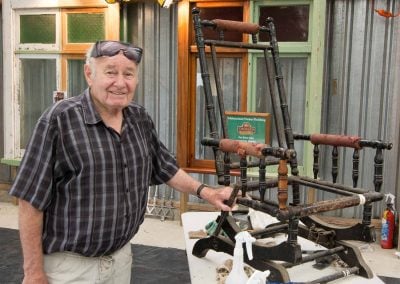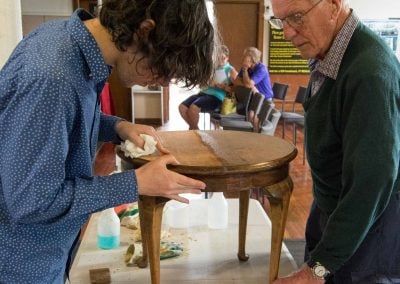Furniture
Overview – Stripping Furniture
Cooper’s Stripper penetrates deeply into the old finish, enabling you to remove multiple layers at once, simply spray on a light application of Cooper’s Stripper and keep the surface wet with additional stripper until the old finish dissolves sufficiently to expose the timber surface (2 – 20 minutes), scoop off the gunge then rinse the timber surface clean with Cooper’s Flusher, its that easy!
Challenges Stripping Furniture
If you have ever stripped a piece of furniture by sanding, you would think it was a form of punishment. Grinding away, clogging endless amounts of sand paper, not to mention the toxic dust that gets everywhere. Completely frustrated by trying to get into all those corners, with every different type of sanding device, you’ll decide, “there must be a better way”.
So lets try paint stripper, that’ll be the answer, which one do I use? They all promise miracles. Rarely however do they live up to expectations. What we commonly hear is the inability of paint strippers to remove all of the old finish cleanly, resulting in using the sander we were trying to avoid in the first place. Then there’s the ammonia that’s in so many strippers, not only does it stink, its bleaches the timber, and burns you in the process.
If the price is right, it’s a natural temptation to get someone else to do it for you. Dip stripping would seem to be a low cost alternative to DIY. People have the expectation that their furniture will come back ready for the new finish to be applied. However this is never the case. If you’re really lucky, the joints on a heavily constructed piece of furniture will survive being submerged in the caustic solution, and just the outer surfaces will need sanding. That’s right again you’ll still need to sand! However, dip something that is lightweight, such as a chair, or a veneered surface, and expect more problems. It’s not hard to imagine the joints of a chair being compromised while submerged in a caustic solution, or a veneered surface delaminating, resulting in a type of hollow wave effect. A composite material such as particle or hard board will most likely absorb the caustic solution, permanently swelling, and as if that is not enough, timber that is exposed to a caustic solution will often become bleached or discoloured, destroying the natural colour and patina of the furniture.
Removing or reducing a dark wood stain is generally a job for, you guessed it, the sander, and getting the paint out of those hard to reach spots, like a carved surface can be near on impossible.
Maybe you’ve tried stripping with a heat gun or with one of those tungsten tipped scraper blades, what a mess they can cause in an untrained hand. Just as well those sanding devices are waiting again, to remove all the scorching and gouging.
Cooper’s Solution / Method
No Sanding:
Cooper’s removes the paint and varnish without damaging the surface of the timber.The surface was sanded by the person who made it, so why sand when it has already been done for you?
No Joint or Veneer Damage:
Cooper’s Stripper will not penetrate or break down a sound joint or veneered surface, due to its fast acting nature coupled with the fact that all stripper residues are removed with our Flusher.
No Damage to a composite board:
In addition to the reasons above, Cooper’s will not swell a composite board due to not being water based.
No bleaching / discolouring:
Cooper’s stripping products are virtually PH neutral so there is no bleaching or darkening of the timber, even when an extended time is required before the stripper is removed.
Stain Removal:
Being a liquid stripper Cooper’s is highly effective at removing timber stains. It disolves deep into the timbers fibre where it can dissolve the dye. The residue dye is then rinsed away with the Flusher. You can expect to remove approximately 80% of a stain, the 20% of colour remaining will usually look quite acceptable.
Carved surfaces:
The Cooper’s System is ideal for stripping any carved surface. The convenience of spray application of both Stripper and Flusher, in conjunction with our copper bristled detail brush, gets into those nooks and crannies, delivering a result as good as the day it was carved.
Two pack Urethanes:
Dining table tops are often finished in two pack lacquers, which are impervious to most strippers. However once Coopers, has been on for around 10-20 minutes it will have absorbed through to the timber surface.
Note: The two pack finish will stay reasonably intact when it is removed, and it will look like strips of rubbery plastic.
Project Examples:
All types of furniture including
- Veneered surfaces
- Antique furniture
- Family heirlooms
- Bentwood chairs with pressed ply inserts
- Detailed sewing machine tables
- Two Pack finished tabletops
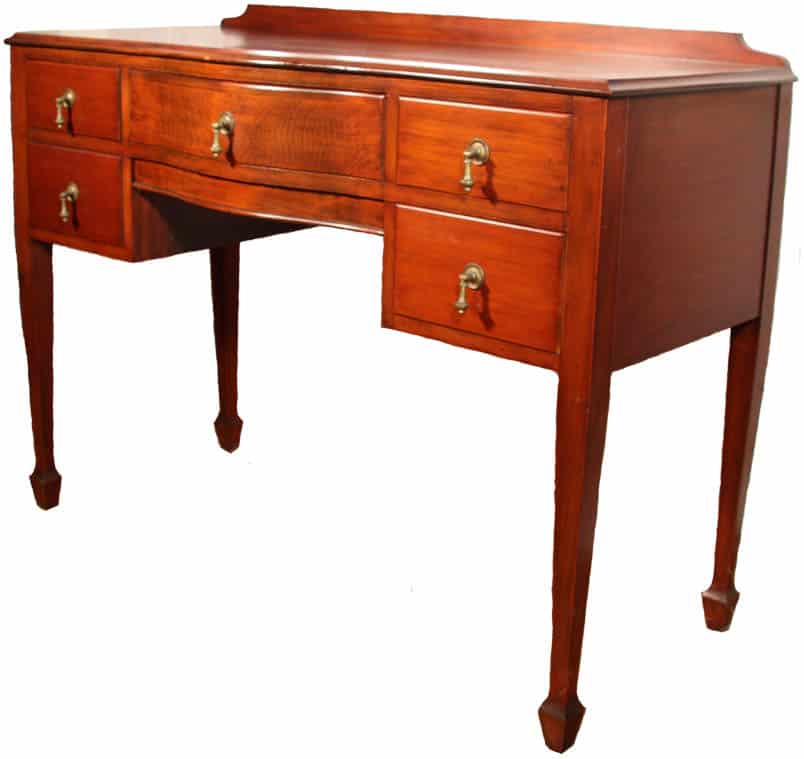
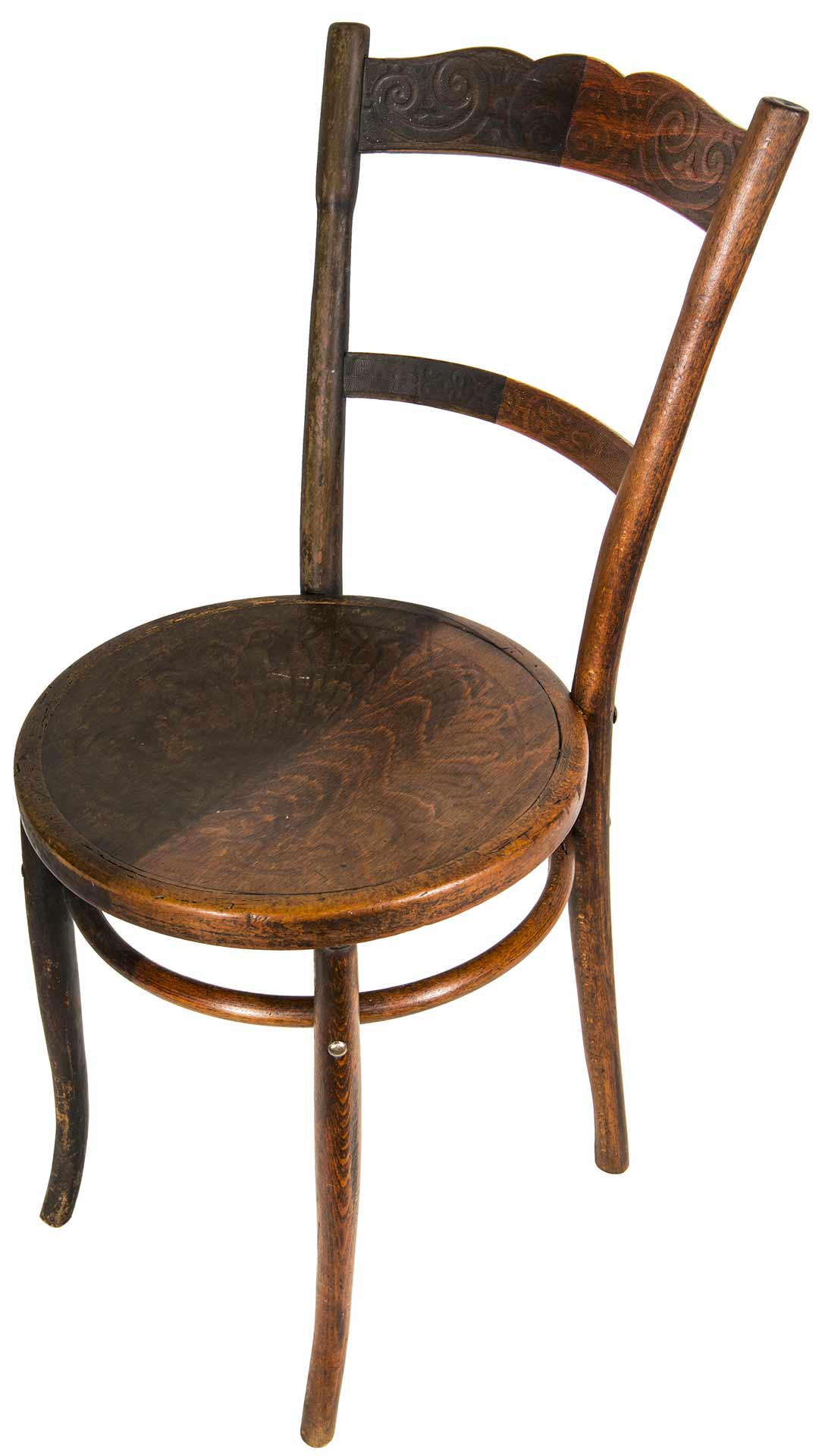
Tips:
Over spray:
When applying stripper to a thin component such as a spindle or chair leg, hold a cardboard shield behind the item for the over spray to absorb into.
Stripping stain:
As soon as the stain is liquefied with either Stripper or Flusher, quickly wipe the tinted residue away with an absorbent cloth. Twist the cloth as you wipe to avoid pushing the residue deeper into the timber.
Final Test:
The colour when wet with flusher is a good indicator of what the timber will look like, with a new finish applied.

